INTRODUCTION
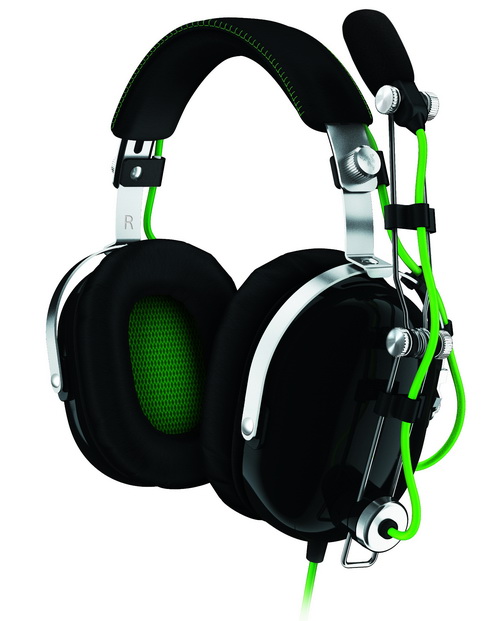
With the release of Call of Duty Black Ops II, Assassins Creed III and Hitman Absolution (also Planetside 2 if you're into serious online FPS gaming) inside this month we found the excellent opportunity to test several gaming peripherals we had lined up. I mean what better way to test something that was designed and manufactured primarily for gamers (and by gamers in most cases) than to use it while playing the latest games to hit the market? I really can't think of anything better and although we have lots of things to test aside gaming peripherals and thus we can't really spend the largest portion of our day gaming still we did manage to log enough hours to complete the single player campaign of COD Black Ops II (the "concert" at the end was quite funny) and also get a good taste of the other three. Amongst all the gaming peripherals we tested was the latest and quite impressive Blackshark stereo gaming headset by Razer.
Razer is more than just the world's leading brand in gaming. We were founded in 1998 in San Diego, California by our CEO Min-Liang Tan and our President Robert "Razerguy" Krakoff in a tiny shared office with a couple other gamers. We have grown today to hundreds of employees worldwide with offices in nine cities, including San Francisco, Hamburg, Seoul, Shanghai and Singapore. Our vision from the very beginning was to be the world's greatest gaming brand and we've set out to achieve that by designing the best gaming products that any gamer has ever seen.
Just like Saitek a few years back Razer decided to design and manufacture a gaming headset that looks a lot like the ones used by pilots (attack helicopter and civilian planes mostly) not only in an effort to increase realism when playing such games but also because the design offers increased comfort compared to others. Specs-wise the Razer Blackshark headset comes with two (stereo) 40mm neodymium magnet drivers featuring a frequency response of 20Hz-20KHz, 29Ohm impedance, 105dBA (+-3) sensitivity and a removable boom microphone with a frequency response of 50Hz-16KHz and a 50dB signal to noise ratio. Of course since nowadays most gaming headsets feature virtual surround audio via 3D audio USB cards (and in some cases "real" surround audio via multiple small drivers) it's quite understandable that many people may not like the stereo nature of the Blackshark as we've stated in the past many times over that's not really the case since in many different scenarios stereo headsets provide a much more accurate and clear sound experience than most virtual surround ones. How does the Blackshark perform however is something we will be talking about later on.
SPECIFICATIONS AND FEATURES
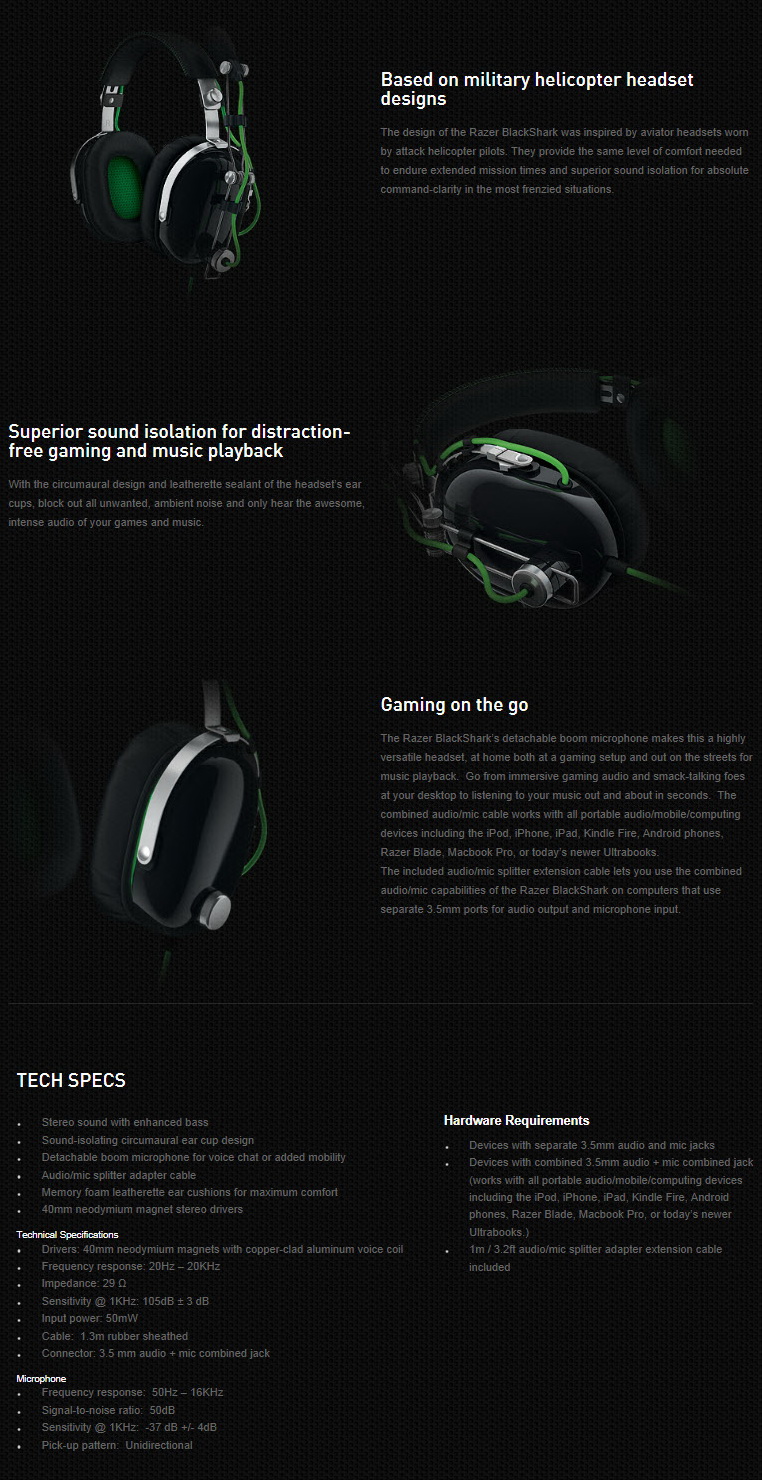
PACKAGING AND CONTENTS
As with most similar products the box of the Blackshark is at least partially made out of clear plastic allowing you to have a glimpse of the left side of the headset.
The features of the Blackshark, a connectivity diagram and a few words from Robert "Razerguy" Krakoff are present on the right side of the box.
At the rear we see the features list in 11 languages and a large product picture used to point out all of them.
The technical specifications, package contents and system requirements are all placed at the bottom of the box.
A microphone replacement cover, audio/mic splitter adapter, quick start guide, Razer sticker and a small paper congratulating you on your purchase are included in the box right next to the Blackshark headset.
THE BLACKSHARK
If you like aircraft simulators then the design of the Blackshark will certainly be familiar to you thanks to the round design of both earcups and the entire metal frame. The green/black theme may not be something we see with the headsets used in aircraft but naturally Razer used their company color-theme (they also make the BF3 edition with an orange/black color combination).
The exterior of both earcups is made by hard glossy plastic which looks and feels great (although it's a dust magnet).
There's also a long exhaust hole placed ontop of each of the earcups.
The boom microphone also has a metal frame and as you can see from above it is removable.
Both to protect the microphone connector and also for better looks Razer is providing a replacement cover.
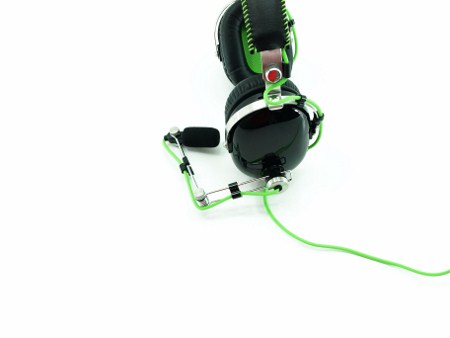
The leatherette earpads are extremely comfortable for small/medium sized ears but not really for people with large ears (they do however offer excellent audio isolation because of their thickness).
Above each earcup there's a thumbscrew used to adjust the length of the headband. Each side can extend a total of 30mm which means that with both sides extended fully you can get a total of 60mm more in length.
Right and Left markings are placed behind both headband arms.
The headband itself is quite thick and also made out of memory foam and leatherette just like the earpads.
The cable (almost looks like UV-reactive) is plain and not braided while the primary 3.5mm mini-jack connector is gold plated.
CONCLUSION
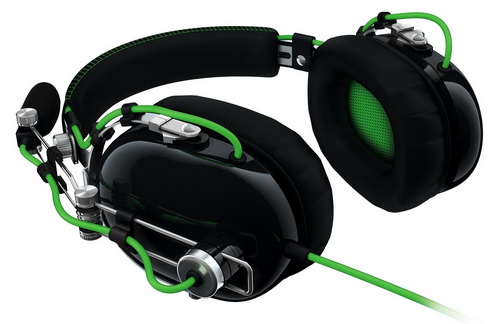
With the release of the Blackshark the people over at Razer have proven once again that they are amongst the leading gaming peripherals manufacturers for a reason. It's certainly not on par with the latest Tiamat 7.1 and Chimaera 5.1 surround headsets again designed and manufactured by Razer but still it offers crystal clear audio quality with very accurate mid/highs and a pretty good bass level (although it could be slightly better). Moving to the boom microphone i can't say much other than it worked perfectly with games and Skype but we really expected nothing less from it (perhaps because of its size). The build quality is also superb (mostly thanks to the metal frame) and thanks to the very good earpads you can wear the headset for long period of times. However if you have sensitive ears then you may have to take a break every now and then since excellent audio isolation automatically results to increased interior heat buildup. You can also use the blackshark with smartphones and mp3/4 players since it connects via a regular 3.5mm mini-jack but personally i wouldn't wear something as big and eye catching in public (but that's just me).
The Razer Blackshark expert 2.0 headset currently retails for USD119.99 inside the USA (Best Buy) and for 119.90Euros inside the EU (Caseking) and that's pretty much it's only downside since with so many virtual surround headsets in the market (some of which cost a lot less) consumers may choose one of those instead. However because the Blackshark is not aimed towards casual gamers but rather experienced gamers who enjoy realism and like playing flight simulators i don't think this will be much of a problem if at all. In the end what matters is that for us the Blackshark proved to be amongst the best 2.0 stereo gaming headsets we've ever used both in terms of audio/build quality and that's why it receives our Golden Award.

PROS
- Build Quality (Metal Frame)
- Design (After Attack Helicopter Headsets)
- Audio Quality (Very Good Mid/Highs)
- Removable Boom Microphone
- Comfortable
- Excellent Audio Isolation
CONS
- Price (For Some)

 O-Sense
O-Sense





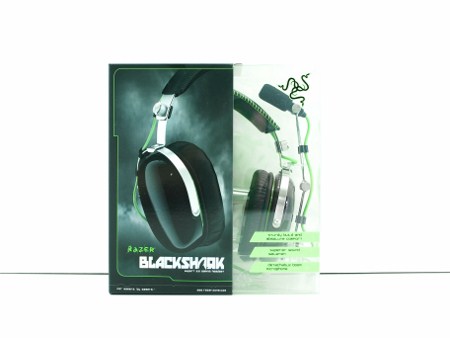

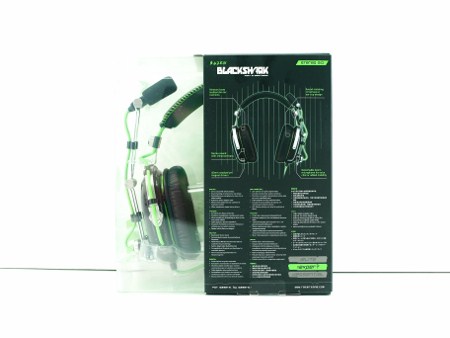

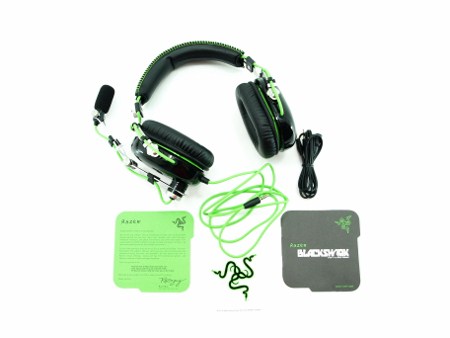

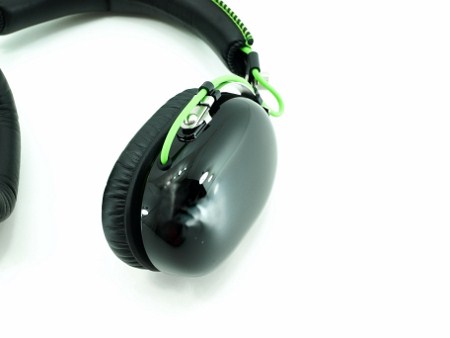

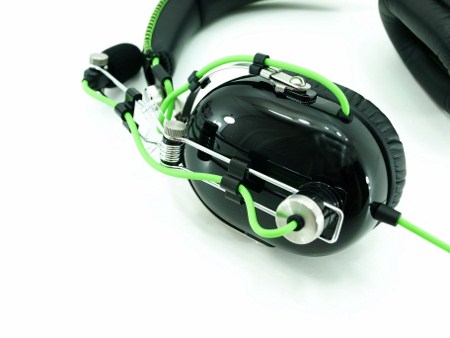
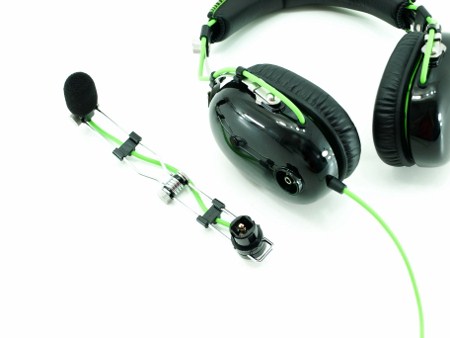
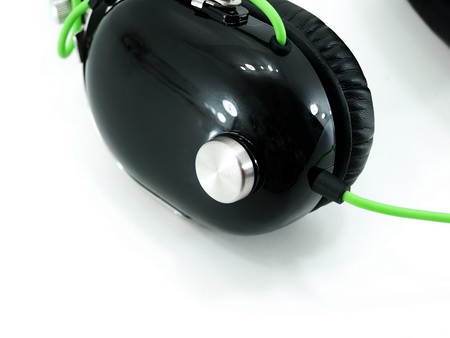
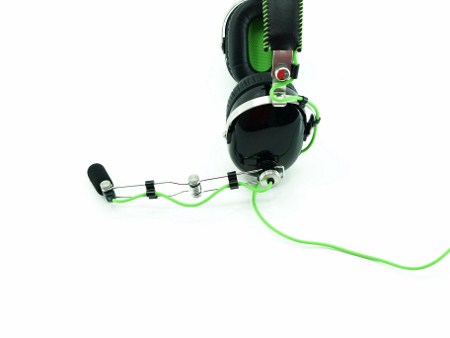
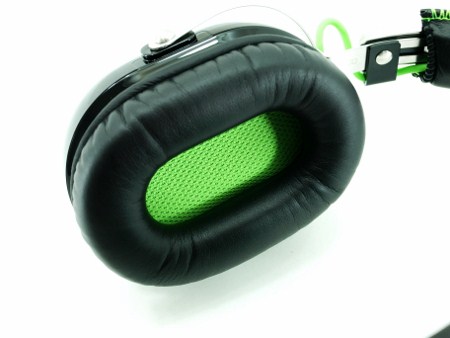
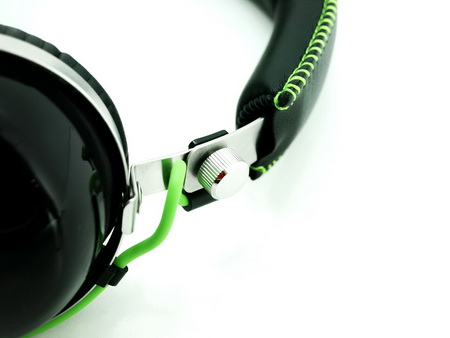
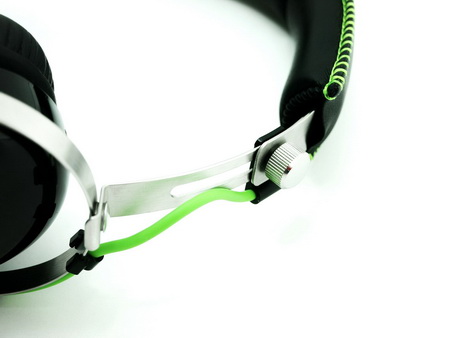
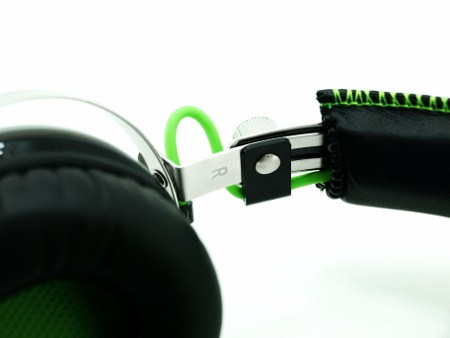
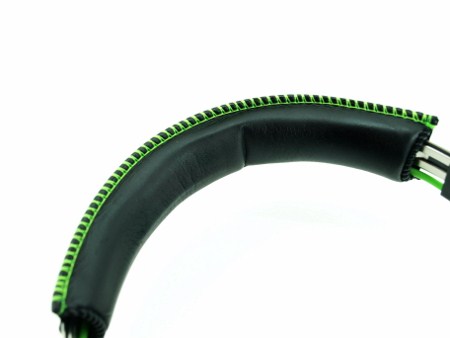
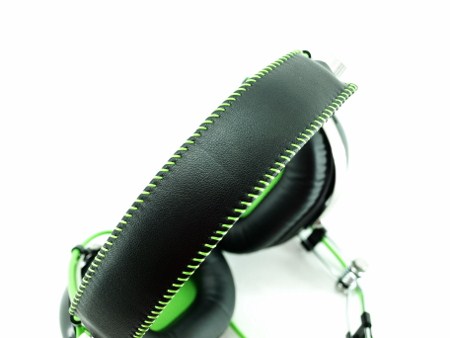
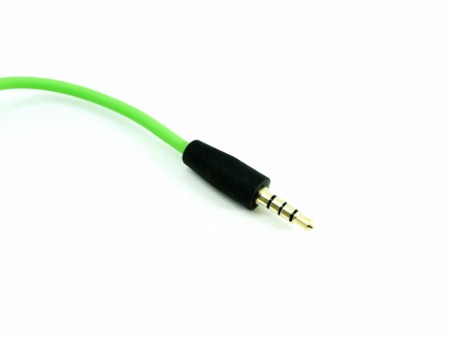


.png)

